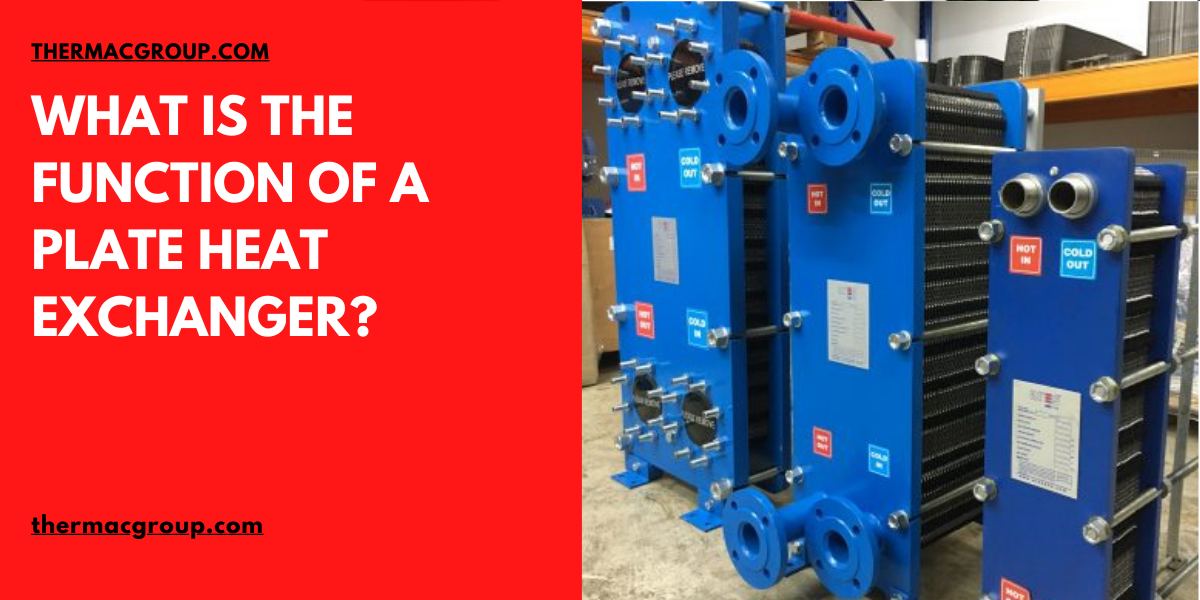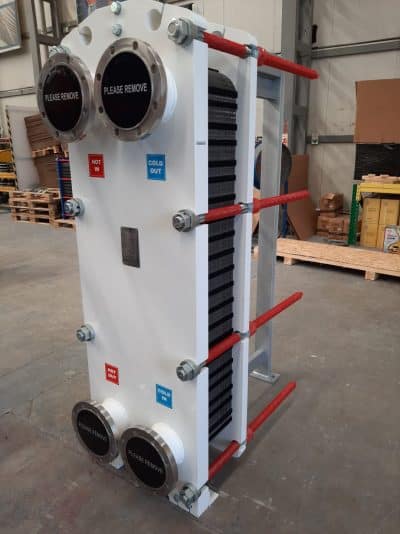Gasketed plate heat exchangers are formed by punching a thin metal plate (generally 0.4 mm to 0.8 mm) into a convex-concave shape, and a synthetic rubber sealing gasket is attached to the edge, and each heat transfer plate is a heat transfer unit. The required heat transfer plate is combined into a heat transfer section. When high temperature fluid or low temperature fluid flows through the heat transfer plate to form a flow path, heat exchange is performed, and the heat transfer part is fixed to a fixed plate (frame plate) and moved by the upper and lower rods. Between the plates (playing plate, extruded plate) and fastened with long bolts.
- Heat transfer plate: Heat transfer plate is the first heat exchange element of plate heat exchanger. Usually, the wavy shape is made into a herringbone shape. According to different liquid media, heat transfer plates have different materials. Most are made of stainless steel and titanium.
- Sealing gasket: Plate heat exchanger gasket is mainly the sealing function between the heat exchange plate. It includes nitrile rubber, EPDM rubber, fluorine rubber according to different media.
- Pressure plates at both ends: Pressure plates at both ends are mainly clamped overall heat transfer plates to ensure that the liquid medium does not leak.
- Clamping bolts: Clamping bolts are mainly used to tighten pressure plates at both ends. Bolt locking is usually a two -end thread. When the bolts are preheated, the torque on the fixing plate is the same.
- Shelf: The first is to support the heat exchange plate to make it easy to disassemble, clean and install.
For more information about plate heat exchanger malaysia, please visit https://thermacgroup.com







